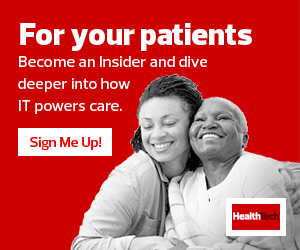Telehealth Expands Access to Care in Rural Areas
West Virginia University Health System has established six telemedicine hubs throughout West Virginia to accommodate people in rural communities. Shannon McAllister, assistant vice president of population health and telemedicine for the hospital system, said the goal is to provide shorter travel times for patients to connect with specialists.
A patient can travel to a strategically located telemedicine hub, rather than having to travel to the academic medical center in Morgantown, W.Va., where many of the providers are located. The hubs also reduce costs for patients. Advanced practice providers, or APPs, facilitate the virtual visits with specialists located at one of WVU’s hospitals.
MORE FROM ATA2021: How remote patient monitoring can provide insightful patient care.
“It’s offered both patient and provider satisfaction, and it allows the providers to work at the top of their license without having to travel. The APP tees up the visit and presents cases to them,” said McAllister. “Providers can see patients from all over the state in a single day without causing wait times for any location. This has increased access to care and reduced costs because physicians are more efficient with their time.”
Patients who don’t have access to technology or need help using telehealth technology can also use the telemedicine hub. In addition to increased access, McAllister said the program has increased overall patient compliance with care plans.
“If you reduce barriers, it’s easier for them to participate in care as recommended by the care provider,” she said.
McAllister emphasized the importance of listening to patients and understanding their barriers to care when formulating a telehealth plan. To gain provider buy-in, she said, the first step is to simplify the workflow and build as much of the program as possible within the electronic medical record process. To make adoption easier for providers, WVU Medicine created short videos and tip sheets to communicate key points and documentation requirements.
“By making care more efficient and accessible, you can engage more patients, creating a healthier community,” said McAllister.













